Get rid of flying pests with our powerful insect killer machine - Perfect fly killer for your home

Insect Killer Machine : The Ultimate Solution to Control flying insects
What is a electric flying insect killer and How Does it Work?
An insect killer machine, also known as an insect killer, insect zapper, or bug zapper, is a device used to eliminate flying insects such as mosquitoes, flies, and moths. It is commonly used in households, commercial buildings, and outdoor spaces to reduce the presence of insects.
The working principle of an insect killer machine involves the use of ultraviolet (UV) light to attract insects. The device typically consists of a housing that contains one or more UV light bulbs. These bulbs emit UV light that is highly attractive to flying insects. The UV light is usually surrounded by a mesh grid or high-voltage electric grid.
When insects are attracted to the uv bulb, they fly towards the device and come into contact with the mesh or grid. In some insect zappers, the mesh or grid is charged with a high voltage of electricity. When an insect touches the grid, it completes the electrical circuit, leading to an electric shock that kills the insect.
In more advanced insect catcher, a fan or suction mechanism may be included to increase the effectiveness of trapping insects. When an insect approaches the device, the fan or suction mechanism pulls it towards the UV light source and traps it inside a collection tray or container. This prevents the insects from scattering or falling onto the ground after being killed.
Overall, the UV light attracts the insects, and they are either electrocuted or trapped, depending on the design of the insect killer machine. The effectiveness of an insect killer machine depends on factors such as the distance between the device and the insects, the intensity of the UV light, and the presence of competing light sources.
The Importance of UV Light in fly killer machine
Exploring Different Types of Fly Insect Killer Machines fly catcher glue board based and electric shocking killing There are various types of insect fly killer machine available in the market, but two common types are fly catcher glue board based and electric shocking killing machines. Let's explore each one in detail:
- 1. Fly Catcher Glue Board Based Machines: These machines use adhesive glue boards to trap flies. Here's how they work:
- The machine is equipped with a UV light, which attracts flies towards it.
- As the flies come close to the light, they get stuck on the adhesive glue board attached inside the machine.
- Once trapped, the flies cannot escape and eventually die.
- These machines are generally safe for use in areas where chemical insecticides are not preferred, such as food preparation areas.
Advantages:
- They do not use chemicals or pesticides, making them environmentally friendly.
- Easy maintenance as the glue boards can be replaced when they are full.
- They are silent and do not produce any noise.
Disadvantages:
- They may not be effective in capturing all types of fly species.
- Regular monitoring and replacement of the glue boards are required for optimal performance.
2. Electric Shocking Killing Machines: These machines use electric grids to electrocute flies. Here's how they work:
- The machine contains a UV light source that attracts flies towards it.
- As the flies approach the light, they come into contact with an electric grid or metal grid.
- When the flies touch the grid, they get electrocuted and killed.
- Once electrocuted, the dead flies usually fall into a collection tray or a removable tray for easy disposal.
Advantages:
- They are effective in killing a wide range of fly species.
- They are suitable for high fly populations as they can handle a larger number of flies.
- The dead flies are collected in a tray for easy disposal.
Disadvantages:
- They produce a slight noise when flies are electrocuted, which may be a concern in quiet environments.
- These machines use electricity, so they need to be plugged into an outlet or use batteries.
- Some people may find the electrocution process disturbing.
It's important to consider the specific requirements and environment when choosing between these two types of fly insect killer machines.
Fly Catcher for Home suggests two models: the first model measures 1 foot and consumes 16W of power, while the second model measures 1.5 feet and consumes 30W of power.
Troubleshooting assistance and technical guidance for insect killer parts replacement If you are facing issues with your insect killer and need guidance for parts replacement, here are some troubleshooting tips and technical guidance to help you:
1. Identify the problem: Determine the specific issue you are facing with your insect killer. Is it not turning on? Is the light not working properly? Understanding the problem will help you find the right solution.
2. Consult the user manual: Review the user manual that came with your insect killer. It may contain troubleshooting tips specific to your model. Look for sections related to common issues and parts replacement.
3. Check the power source: Ensure that the insect killer is properly plugged in and receiving power. If it is battery-operated, replace the batteries or check for any loose connections.
4. Clean the unit: Over time, debris and dead insects can accumulate on the interior components, affecting its functionality. Clean the unit thoroughly by removing the outer cover and wiping down the internal surfaces with a soft cloth or brush. Make sure the unit is unplugged before cleaning.
5. Inspect the UV light: The UV light is a crucial part of an insect killer. If the light is not working or is dim, it may need to be replaced. Consult the user manual for instructions on how to access and replace the UV light, or contact the manufacturer for specific guidance.
6. Examine the electric grid: If your insect killer has an electric grid where insects are zapped, it may become clogged or damaged over time. Clean the grid with a soft brush or compressed air to remove any debris that may be interfering with its functionality. If the grid is damaged, you may need to order a replacement part from the manufacturer.
7. Contact the manufacturer or supplier: If you have tried the above steps and are still experiencing issues with your insect killer, reach out to the manufacturer or supplier for further assistance. They can provide you with specific guidance on parts replacement or offer professional repair services.
Remember to always prioritize safety when working with electrical appliances. Unplug the unit before working on it and avoid touching any live wires or components without proper knowledge or protection.
For optimal results in outdoor areas, we suggest using a insect catcher of the heavy-duty transformer variety.
For optimal results in outdoor areas, we highly recommend using a bug zapper of the heavy-duty transformer variety. These types of bug zappers are specifically designed to control many insects, including flies, in a short amount of time. Heavy-duty transformers are powerful and efficient, allowing you to effectively manage the insect population in your outdoor space. Additionally, heavy-duty transformers are built to withstand the outdoor elements, making them a durable and long-lasting option. So, if you want to enjoy your outdoor areas without the annoyance of flies buzzing around
How to Select the Right flying insect killer machine?
Reading Reviews and Comparing Brands An electric insect killer machine is a device designed to attract and kill flying insects, such as mosquitoes, flies, and moths. These machines use high-quality ultraviolet bulbs to attract the insects and then either electrocute them or trap them in adhesive boards or nets.
For hotels and homes, electric insect killer machines offer an effective and chemical-free solution for controlling insect populations. They can help create a more comfortable and hygienic environment for guests and residents.
Features to consider when choosing an electric mosquito killer machine include:
1. Coverage area: Look for a machine that can cover a large area to effectively control insect populations in hotel rooms or homes.
2. Indoor or outdoor use: Some machines are designed specifically for indoor use, while others are built for outdoor use. Consider where you need to control insects and choose a machine accordingly.
3. Power source: electric flying insect catcher can be powered by electricity or batteries. For consistent and long-term use, it is recommended to choose a machine that operates on electricity.
4. Safety features: Ensure that the machine has protective features, such as a safety grid or shield, to prevent accidental contact with the electrical components.
5. Easy maintenance: Look for a machine that is easy to clean and maintain. Some models come with removable trays or nets for easy disposal of dead insects.
6. Noise level: Consider the noise generated by the machine, especially if it will be used in a hotel room or in close proximity to living areas.
7. Design: Choose a design that fits well with the aesthetics of the hotel or home environment. There are various styles and sizes available to suit different preferences.
8. Durability: It is important to invest in a machine that is built to last. Look for one made from high-quality materials and backed by a warranty.
Overall, electric insect killer machines provide an effective and eco-friendly solution for insect control in hotels and homes. They can help create a more pleasant and pest-free environment for guests and residents.

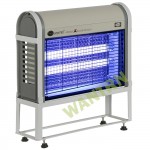
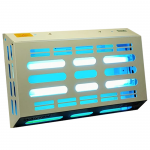

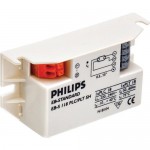
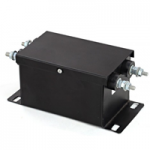
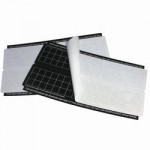
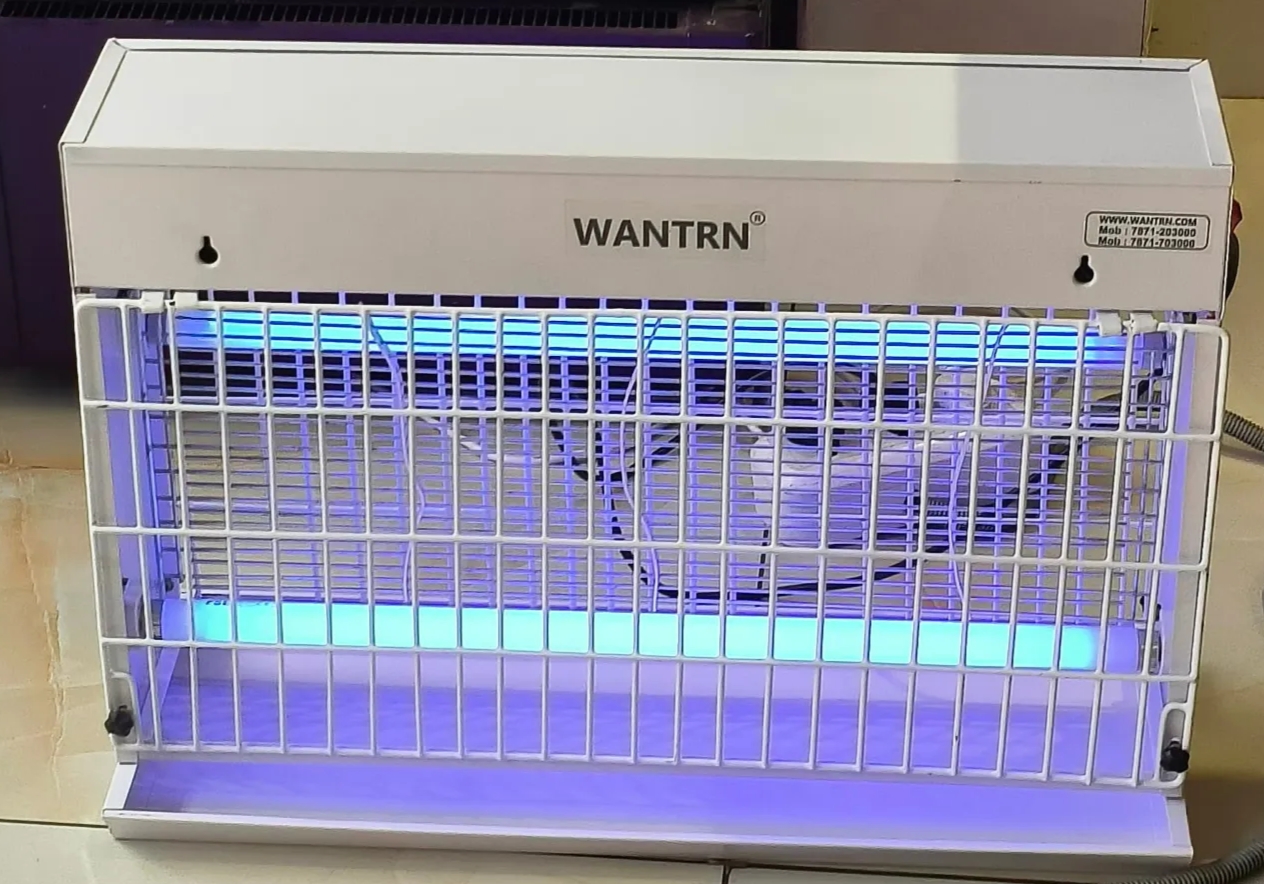
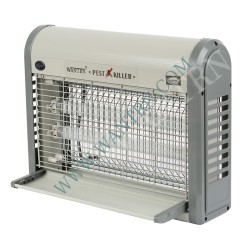
Leave a Comment